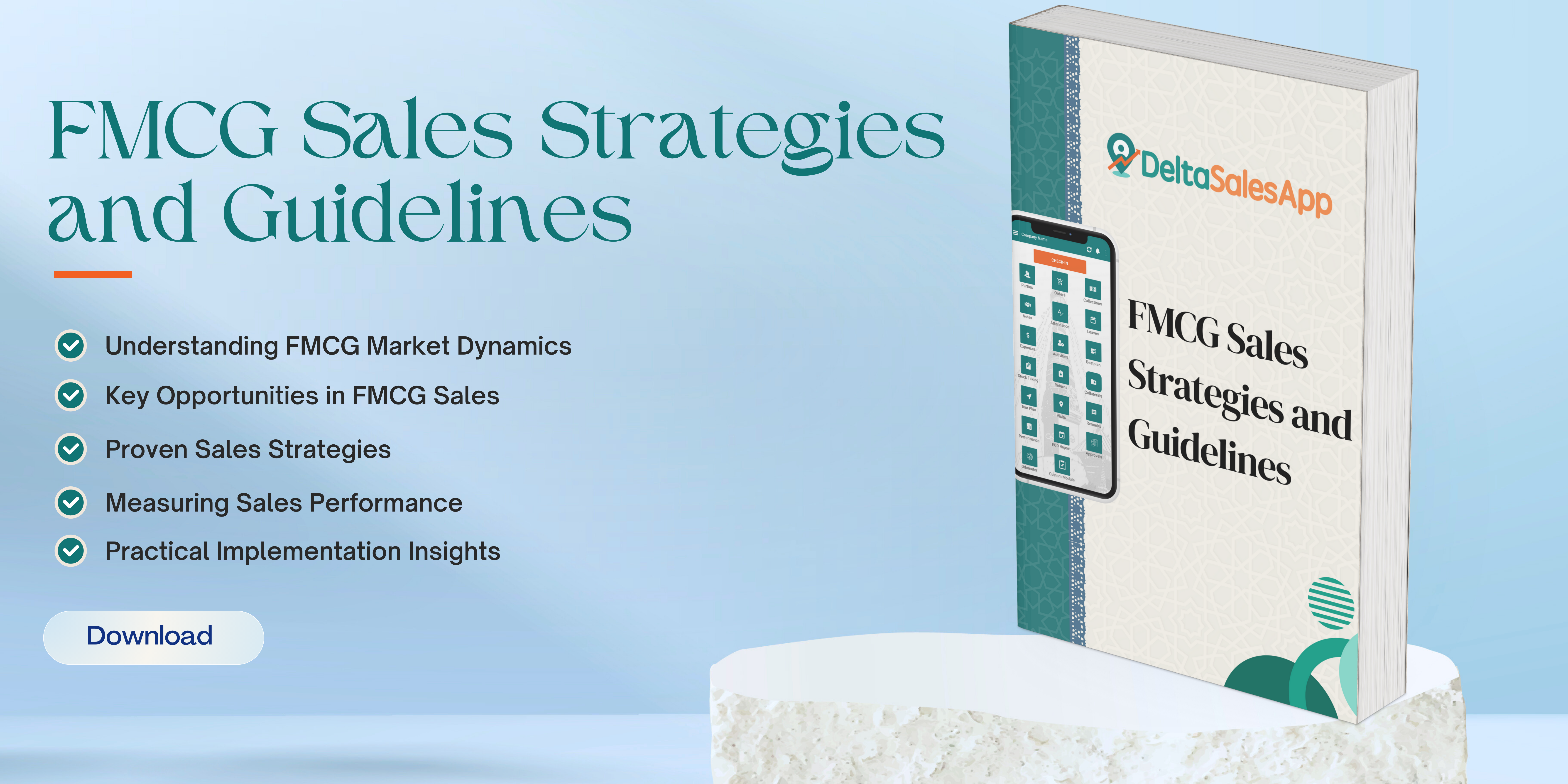Sell-out
Sell-out in the FMCG industry refers to the actual sale of products from retailers to the end consumers. It is a critical metric that helps manufacturers and distributors assess market demand, optimize stock levels, and enhance sales strategies.
Sell-In vs. Sell-Out in FMCG
Aspect | Sell-In | Sell-Out |
Definition | Sales from manufacturer to distributor/retailer | Sales from retailer to end consumer |
Focus | Stock movement within the supply chain | Actual consumer demand |
Impact on Business | Ensures product availability | Drives revenue and brand loyalty |
Key Stakeholders | Manufacturers, wholesalers, distributors | Retailers, consumers |
Importance of Sell-Out
A. Demand Planning & Forecasting
Helps companies align production with real market demand.
Prevents overstocking or stockouts, reducing losses.
B. Retailer & Distributor Management
Retailers and distributors track sell-out trends to manage inventory effectively.
Manufacturers offer trade incentives, discounts, and promotions based on sell-out data.
C. Marketing & Sales Strategy Optimization
Helps brands identify best-selling SKUs and optimize product assortment.
Enables data-driven pricing, promotions, and advertising strategies.
D. Competitive Analysis
Companies analyze sell-out vs. competitors’ performance to adjust their market positioning.
Helps identify trending products and emerging consumer preferences.
Challenges in Sell-Out Management
Stock Availability Issues: Stockouts or excess inventory.
Inconsistent Retail Execution: Poor shelf visibility and out-of-stock products.
Competitive Market Pressure: Price wars and brand switching.
Consumer Behavior Changes: Evolving preferences and digital disruption.
Conclusion
Sell-out is a key performance indicator in FMCG sales strategy. By leveraging sell-out data, brands can optimize inventory, enhance marketing effectiveness, and drive higher consumer engagement. A strong sell-out strategy ensures sustainable revenue growth and brand success in the competitive FMCG market.






